From early morning on the 9th of the third lunar month, the Bao Quoc Tu space on Hung Vuong Avenue (Hoa Thanh town) was more bustling and crowded than every year because of the appearance of the dragon mascot, handcrafted entirely from fruits, attracting many people to admire and take pictures.
Bao Quoc Temple with three vivid and sophisticated dragons is the highlight attracting everyone to this year's Ancestor's death anniversary. On both sides of the main gate are two soft, curving dragons, showing off their graceful posture with delicate scales made from hundreds of fresh, evenly-shaped areca nuts. The dragon's mane is elaborately decorated with red chili, yellow corn and green dragon beans, creating an eye-catching color effect that runs along its entire body.
The unique fangs are skillfully crafted by artisans from pure white garlic cloves. Adding a touch of sophistication, the dragon's head is decorated with bright flowers, and its beard gently hangs down from green beans.
In the middle of the gate, the dragon head stands out majestically, with elaborate scales made from coconut shells. The beard and fur on the dragon's head are softly shaped from pineapple leaves, adding to the natural liveliness. In particular, the dragon's nose is meticulously created by artisans using the "scales" of a medicinal plant called Cat Lop, both sophisticated and expressive.
All three dragons on the green background of the leisurely carpet of leaves and fresh areca. Dotted around are lovely rotating pinwheel petals, handcrafted from water coconut leaves, making everyone who sees them admire the creativity and ingenuity in every smallest detail.
Mr. Huynh Hung Viet, from Tay Ninh city parish - the artisan in charge of making the mascot shared: "When observing the space in front of Bao Quoc Tu, I came up with the idea of how to decorate it to be both beautiful and culturally meaningful. After discussing and agreeing on the idea with the Long Hoa - Long Thanh Bac parish, the main place in charge of the Ancestor's death anniversary ceremony, we started making the dragon mascot model."
According to Mr. Viet, creating the dragon mascot took about two days of continuous work, because the materials were all fresh, such as areca nuts, corn, green beans, and water coconut leaves, so they could not be stored for long. However, the stage of building the frame had to be prepared a month in advance.
He further explained: “The frame making process is very important, it must be made of foam, shaped dry first, then fruits and leaves can be attached. We reuse this frame every year, but we still have to edit and create a little more, ensuring that each time we launch it, it is new and more beautiful than the previous year.”
Compared to previous years, this year's dragon stands out more. Anh Viet revealed that the new thing this year is using longer, older areca nuts instead of young areca nuts so that the dragon scales are more closed and thicker. Finding the ingredients was also quite a challenge.
"The corn must be the right kind, because the regular corn is too big and difficult to shape. The water coconut leaves have to be ordered from Tra Vinh , which is so far away, but thanks to my connections, they sent a truck to help me," he said.
Talking about the cost, artisan Huynh Hung Viet said that the total materials to complete the dragon mascot cost about 30 million VND. As for the labor, everyone did it voluntarily. Although it was hard work, when he saw many people, especially children, excitedly coming to take pictures, Viet was very happy.
“All of us who made this model came from the desire to contribute to the festival. We do it for fun, to spread the spirit of love for national culture, not thinking about doing any business,” Viet confided.
Since its completion on the afternoon before the anniversary of the death of the Hung Kings, the dragon mascot immediately became a special highlight, attracting many people from children to the elderly to eagerly gather around to record impressive images.
Ms. Nguyen Thi Kim Yen (Truong Tay Commune, Hoa Thanh Town) excitedly shared: "Every year I take my children to the Ancestor's death anniversary. This year, I saw a beautiful and strange dragon, so I stopped early to let the children take pictures."
The appearance of the fruit dragon mascot not only adds color to the festival but also contributes to spreading cultural values, especially the tradition of creating animal shapes from fruits typical of Cao Dai religion.
This year's Hung King's death anniversary is the 70th time held at Bao Quoc Tu, along with the history of the temple closely linked to the spiritual life of the Cao Dai community and the people of Tay Ninh.
According to the priest Huong Xuan - acting manager of the Long Hoa - Long Thanh Bac parish, in recent years, the death anniversary at Bao Quoc Tu has always attracted the attention of many people and religious followers. From the morning of the 9th, the people and followers came to join hands with the Management Board to prepare everything, ready for the morning of March 10 to have food to serve guests from near and far. This year, the death anniversary was held with 300 trays to welcome everyone.
In a space imbued with traditional colors, the dragon and fruit mascots appear as a highlight, subtly highlighting the "festival". Young people enjoy taking pictures, while the elderly marvel. In particular, this splendid and elaborate decoration also contributes to the vibrant cultural life across the country, especially when this year there are many major events such as the 50th anniversary of the liberation of the South and national reunification (April 30, 1975 - April 30, 2025).
Amidst the festival colors today, the sacred dragon mascot is not only a cultural symbol but also a sacred reminder of the origin of the Dragon and Fairy's descendants, of the Hung Kings' merit in building the country, so that each citizen can be more proud and connected.
Hoa Khang - Khai Tuong
Source: https://baotayninh.vn/gio-to-hung-vuong-ruc-ro-linh-vat-rong-dam-da-hon-dan-toc-a188499.html








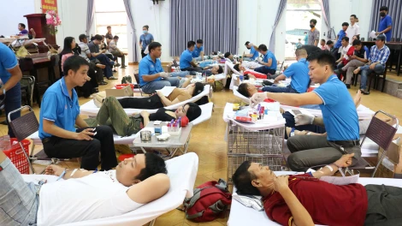

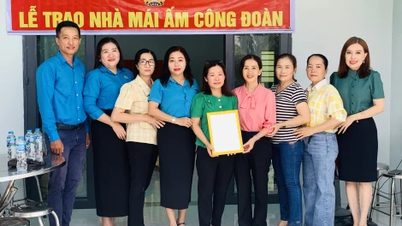
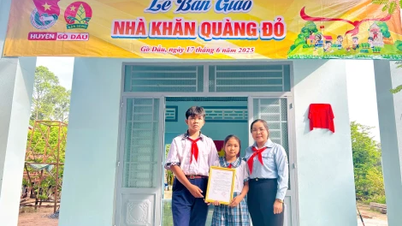

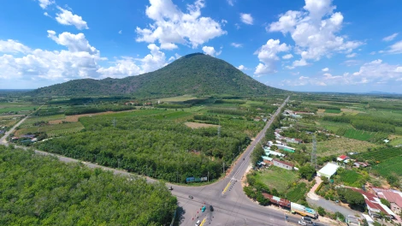





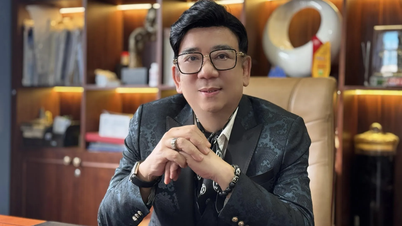

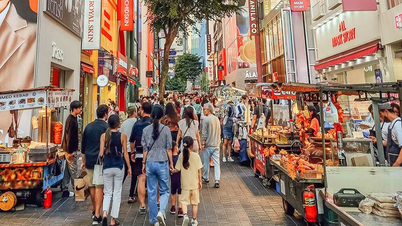
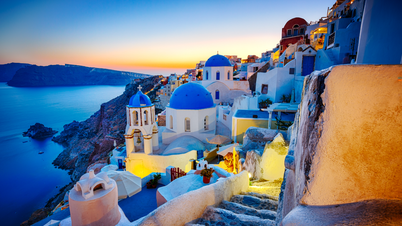
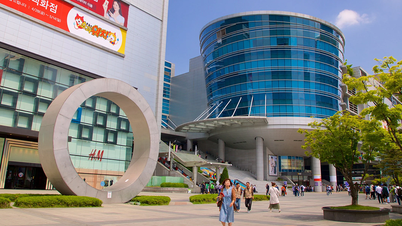
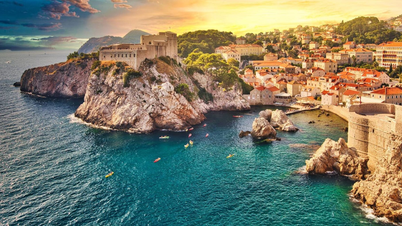




















































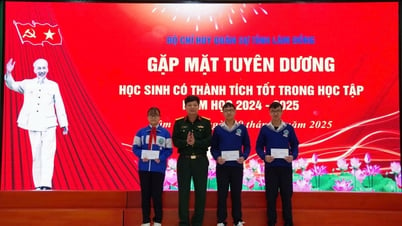

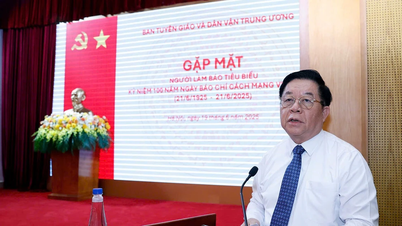

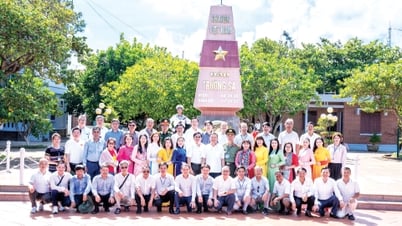













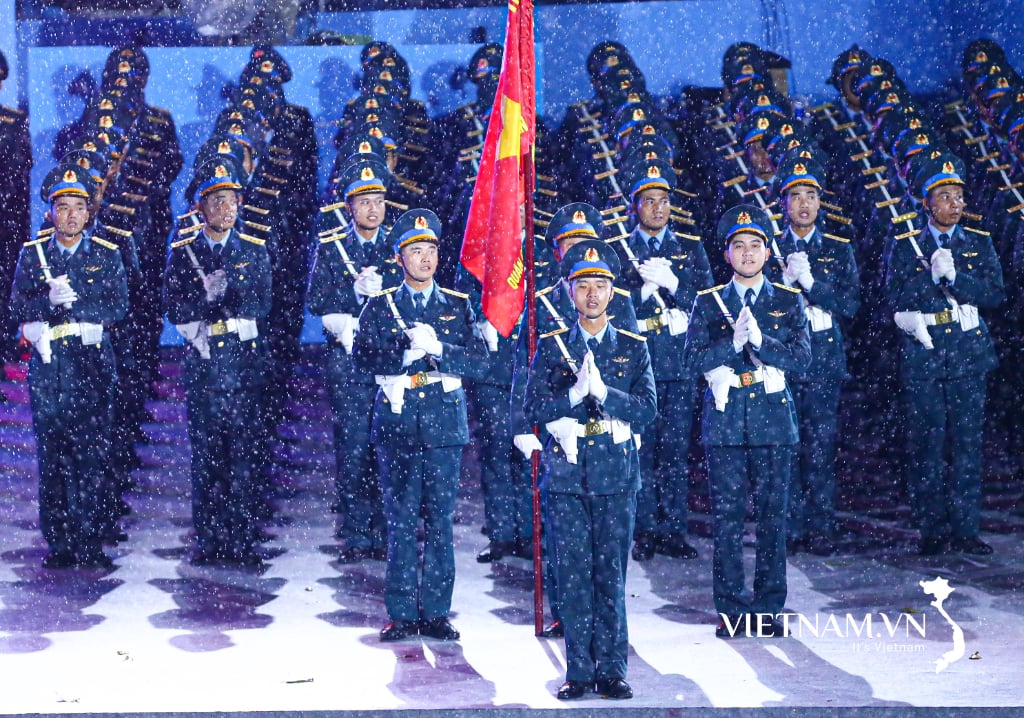
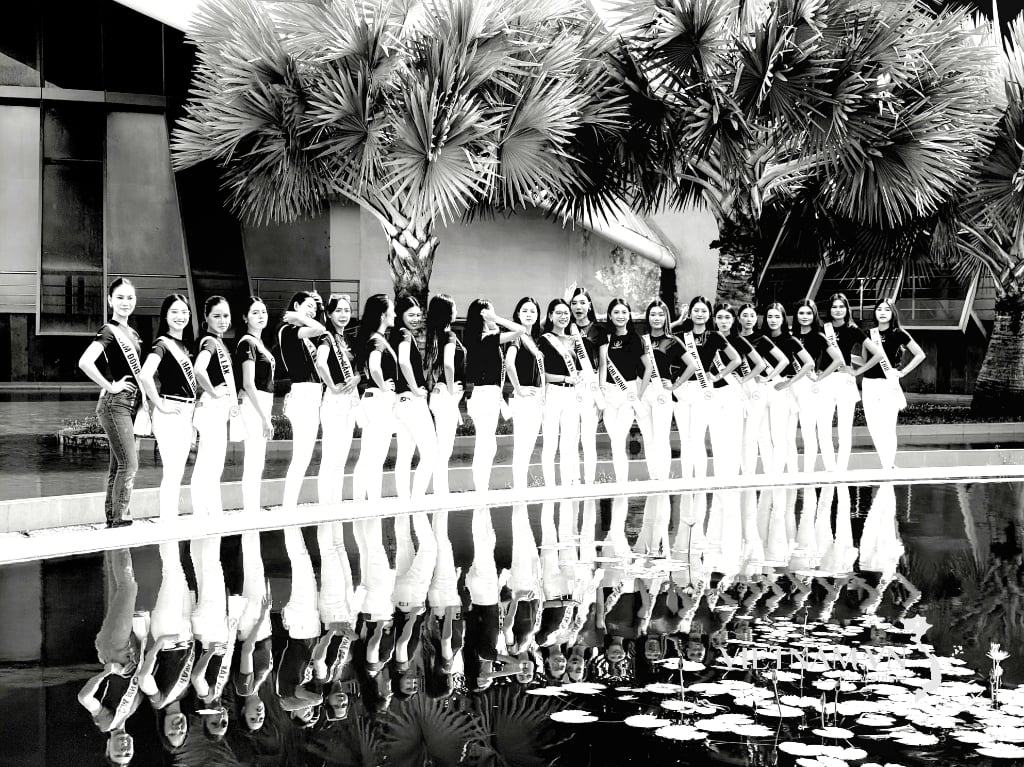
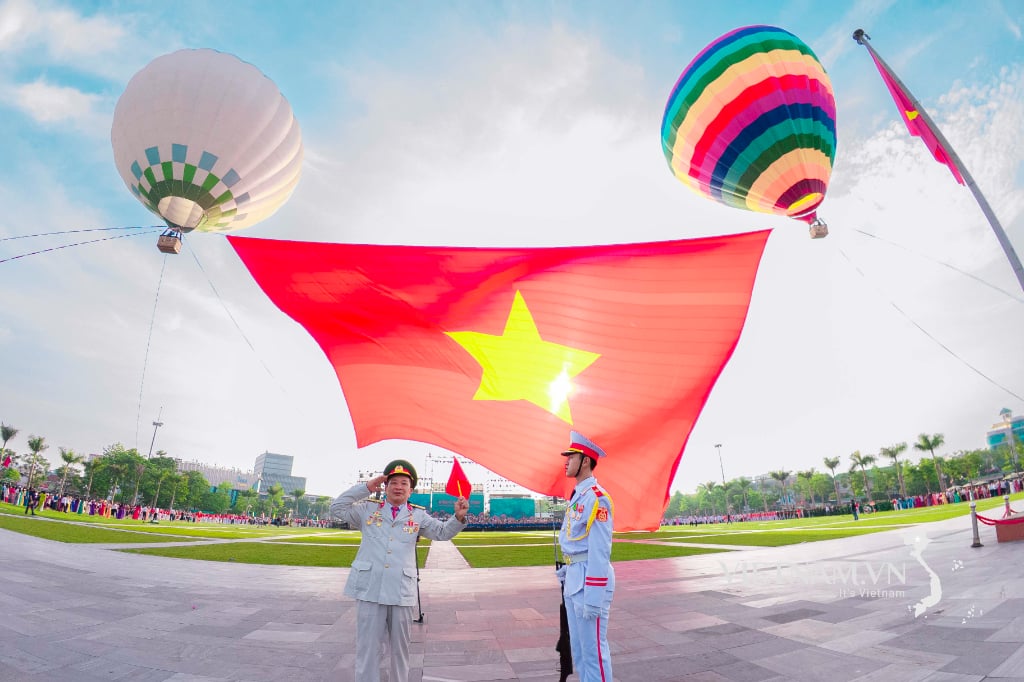

Comment (0)